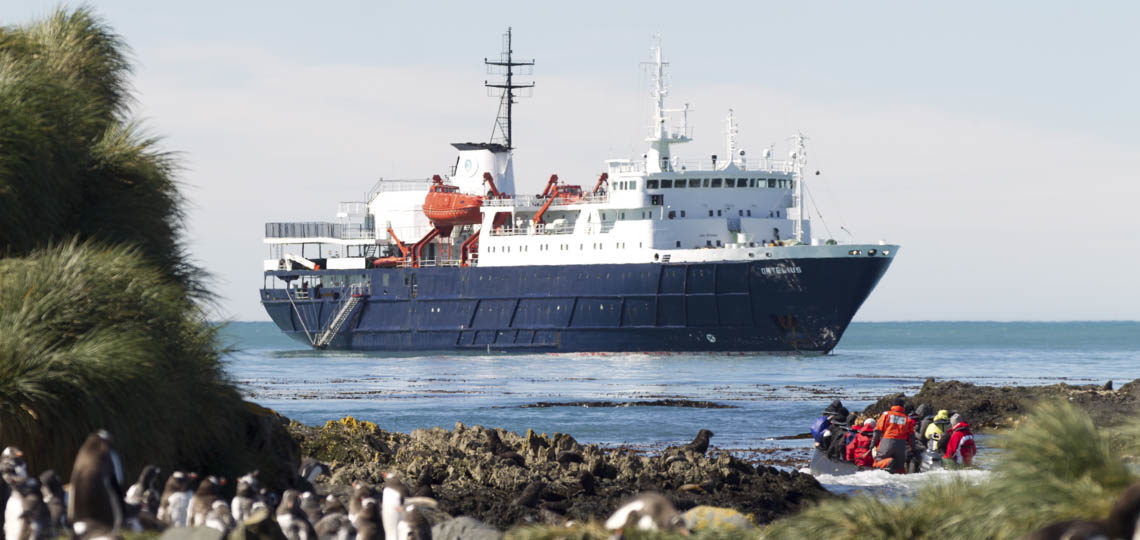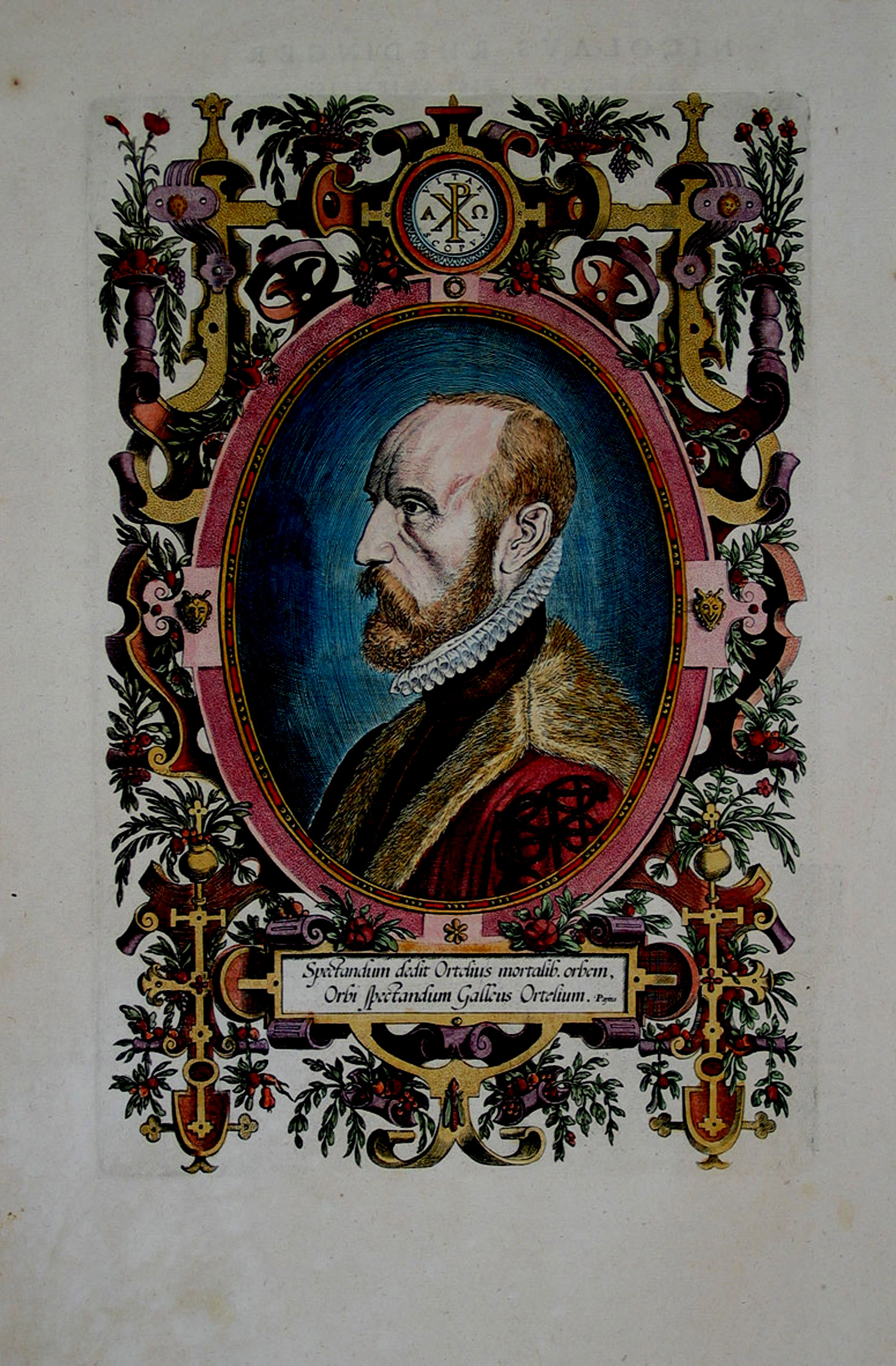

Emanuel van Meteren or Meteeren (6 September 1535 ? 11 April 1612) was a Flemish historian and Consul for "the Traders of the Low Countries" in London. de Kluijs), book end paper with across crease, some water and brown spots in places. Inside with property stamps and bookplates (A.P.M. It is among the most important works in the history of European Cartography. The whole surpassed anything published before and was not equalled until fifty years later in France under Louis XIV. The Arcano de Mare was a monumental and totally original task, the charts, representations of instruments and diagrams engraved, all incorporated the minutest detail and printed on the best possible paper. It has been suggested that Dudley used the original charts of Henry Hudson, and for the Pacific Coast of America used his brother in-law Thomas Cavendish’s observations. The charts were drawn are by pilots of various nationalities, and it is generally accepted that the work was both scientific and accurate for the time. Lucini states in the atlas that the work took him 12 years to complete and required no less than 5,000 lbs (2,268 kg) of copper. For the beautifully engraved charts, Dudley employed the services of Antonio Francesco Lucini, who had been a pupil of Jacques Callot and was a friend of Stefano della Bella.

In his spare time he set about his great life’s work: the Arcano del Mare. Eventually he ended up in Florence at the court of Grand Duke Ferdinand I of Tuscany, where he not only married his cousin and converted to Catholicism, but also helped Ferdinand wage war against the Mediterranean pirates. His success upon the high-seas was not matched, unfortunately, by his luck at court, and at the beginning of the seventeenth century he was forced to flee to Europe, along with his cousin Elizabeth Southwell, a beautiful heiress. He seems to have been interested in naval matters from an early age, and in 1594, at the age of 21, he led an expedition to the Orinoco River and Guiana. Although born out of wedlock, Robert received the education and privileges of a Tudor nobleman. Robert Dudley (1573–1649) was the son of the Earl of Leicester (the one time favourite of Elizabeth I) and Lady Douglas Sheffield. First published in 1646 when its author, Robert Dudley, was 73, it was not only the first sea atlas of the world (not just Europe), but also the first to use Mercator projection the earliest to show magnetic deviation the first to show currents and prevailing winds the first to expound the advantages of 'Great Circle Sailing' (the shortest distance between two points on a globe) and, perhaps less importantly, the first sea-atlas to be compiled by an Englishman, albeit abroad in Italy. The Arcano del Mare is considered one the “greatest atlases of the world” and one of the most complex ever produced. This map is a combination, beautiful in its way, but not very useful. Conversely, and oddly, there are no rhumb lines or sounding depths. In doing so, his purpose was more intellectual than practical: techniques for determining longitude at sea were not refined until more than two centuries later. He showed lines of latitude and longitude and omitted all compass lines. In fact, Dudley broke completely with the contemporary style of charts. The only place marked on the interior of the map is the fire-spewing mount Hekla, there are no rivers or lakes and gone are the mountain chains that were a prominent feature on Dutch maps. The term “Frisland” may have originally referred to Iceland, but after the so called ‘Zeno map’ of 1558 it was often shown as a different landmass, with totally fictional place names. To the lower left is "Frislandia", a phantom island that often appeared on maps of the area. Most likely the map of Joris Carolus, published by Jodocus Hondius, was used as its base. The shape of Iceland resembles some sort of creature. As for the coast, its outline goes back to how things were before the map of Guðbrandur Þorláksson published by Abraham Ortelius. Many of the place names, however, are fabricated or repeated. Size: 48,5 x 76 cm The map shows Iceland beautifully engraved, both in how the coast is depicted, but also in the fact that there are 265 place names on Iceland, giving it a sense of accuracy. Copper engraving on two joined sheets by Antonio Lucini, published in 1646-47 by Sir Robert Dudley. SEA CHART OF ICELAND WITH THE LEGENDARY ISLAND FRISLAND "Carta particolare dell'Isole di Islandia è Frislandia, con l'Isolette di Fare ".


 0 kommentar(er)
0 kommentar(er)
